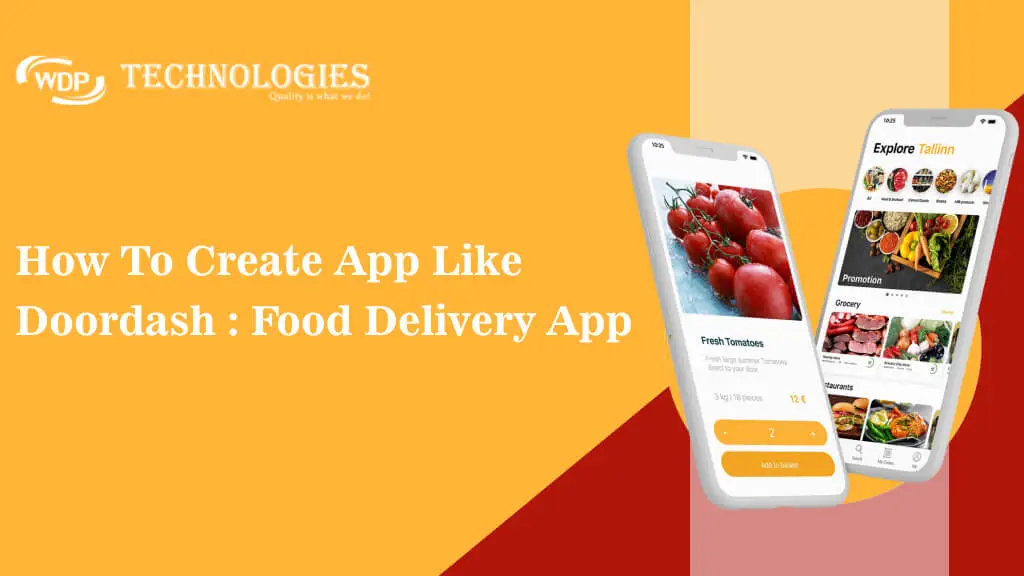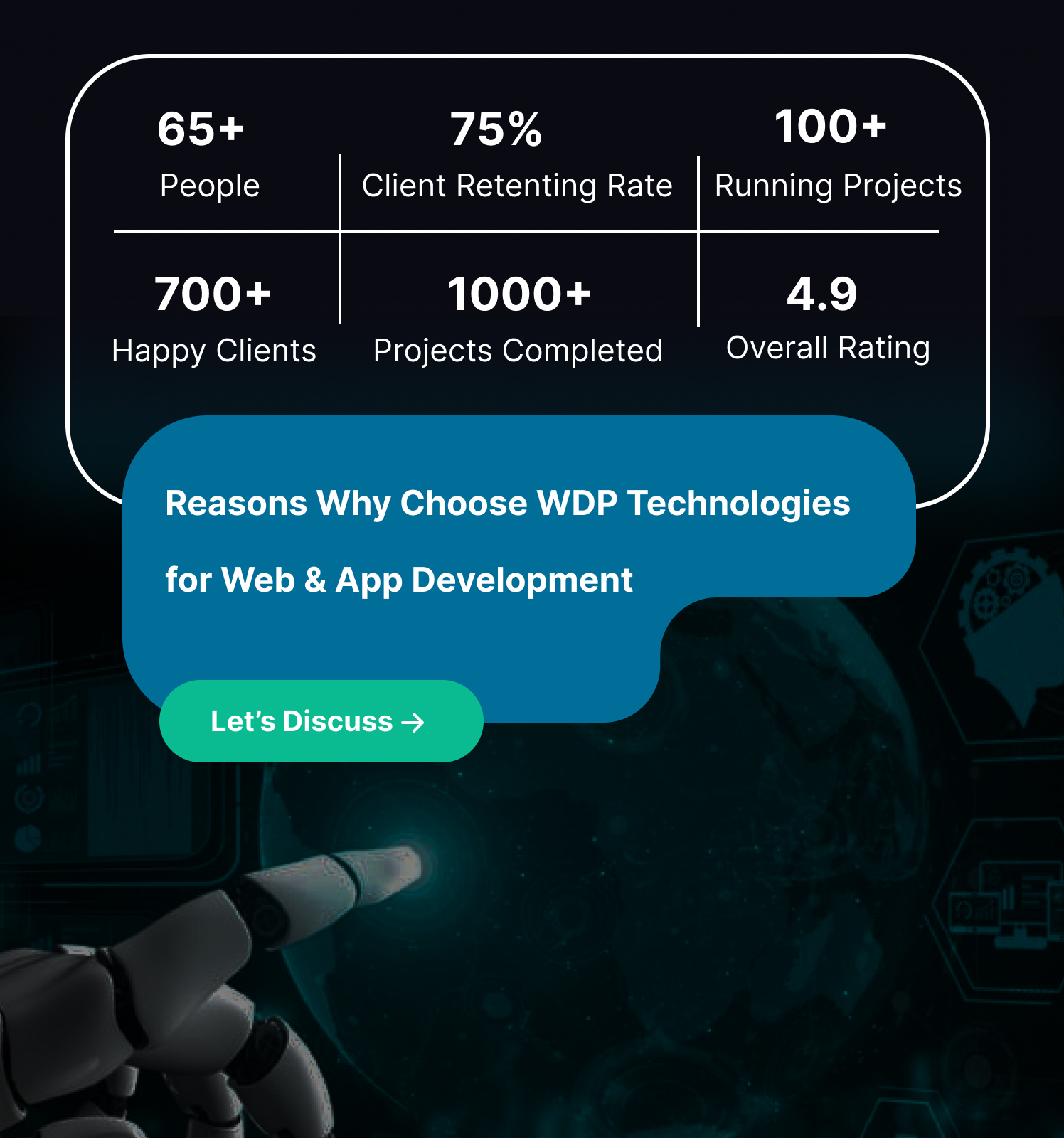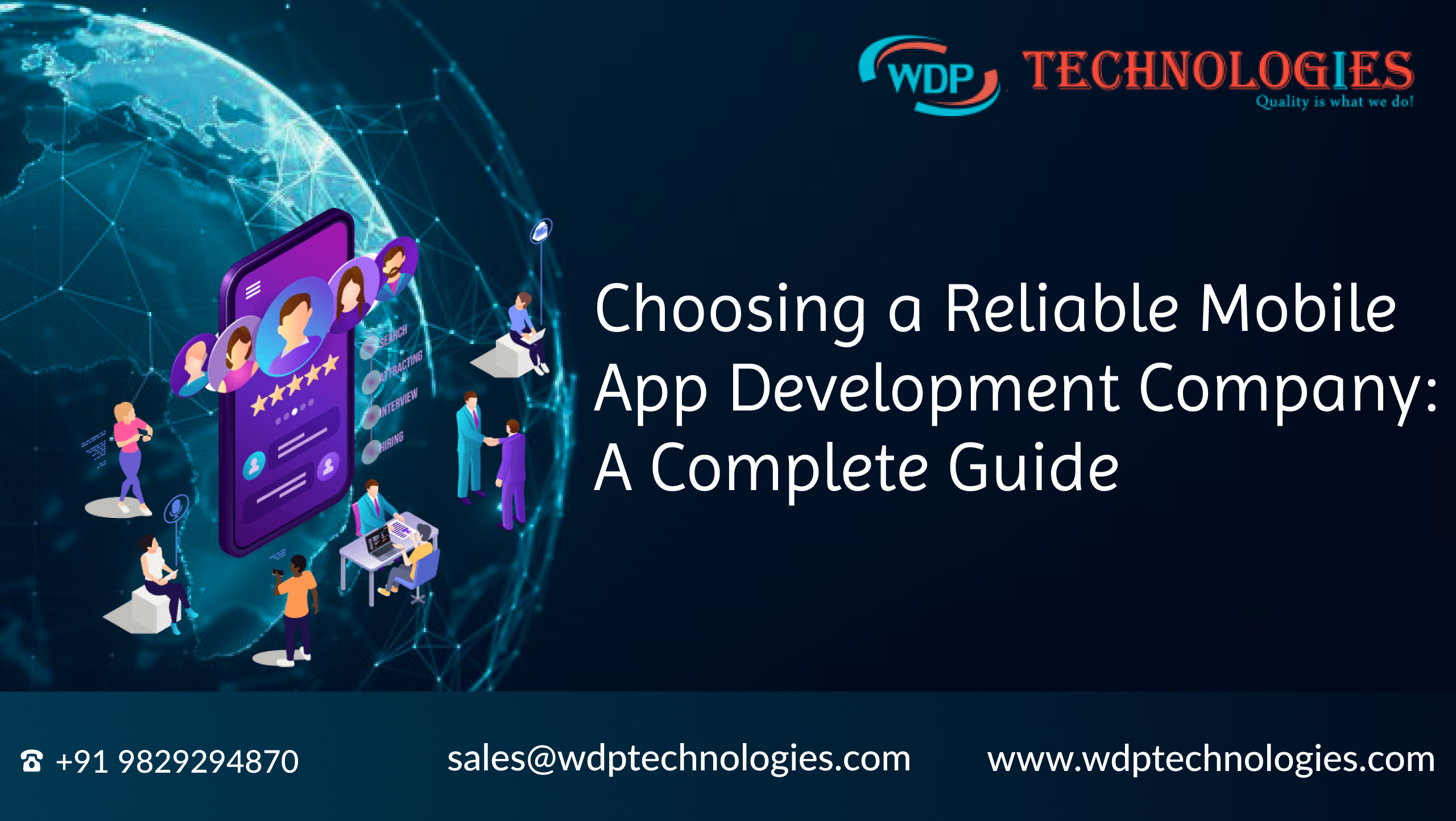The food delivery industry is booming, and with services like DoorDash leading the charge, it’s no surprise entrepreneurs are looking to get a slice of the pie. But how do you build a food delivery app that stands out in a crowded marketplace like doordash?
DoorDash is a major player in the food delivery market, controlling over 60% of the US market share. Their revenue is on the rise, exceeding $8.6 billion in 2023. With the acquisition of Wolt in 2023, DoorDash expanded globally and became the fourth most downloaded food delivery app worldwide. While not yet profitable, the company is making significant progress, reducing their net loss by 58% in 2023. Doordash has a loyal customer base of 37 million users, mostly in the US, who spend an average of $34.90 per order. These statistics solidify DoorDash’s position as a leader in the on-demand food delivery industry.
This comprehensive guide will walk you through the essential steps to create app like doordash, equipping you with the knowledge to navigate the exciting world of on-demand food delivery.
Overview Of Doordash App
Doordash is a heavyweight in the food delivery world, especially in the US where it reigns supreme with over 60% market share. It acts as a middleman, connecting customers to restaurants through its user-friendly app. Features like real-time order tracking and multiple payment options make it a convenient choice for hungry users. Doordash is constantly expanding its reach globally and remains a dominant force in the on-demand food delivery market.
How DoorDash App Works
DoorDash keeps your food journey smooth by connecting you with restaurants and drivers through its app.
1. User Registration & Sign-in:
The first step to using the DoorDash app involves downloading it from the App Store or Google Play Store and creating an account. New users provide basic information such as their name, email address, phone number, and delivery address. Returning users have the option to sign in using their existing credentials or social media accounts. This registration process ensures that DoorDash can provide personalized services and streamline the ordering experience for its users.
2. Browsing and Ordering:
Once logged in, users can explore a curated selection of local restaurants available for delivery in their area. The app provides comprehensive information about each restaurant, including menus, ratings, and reviews. Users can filter their options based on cuisine, dietary preferences, price range, and delivery time to find the perfect meal. After selecting a restaurant and adding items to their cart, users proceed to checkout to finalize their order.
3. Checkout & Payment:
At checkout, users review their order details, including the selected items, quantities, and total cost. DoorDash offers various payment options such as credit/debit cards, mobile wallets, or DoorDash credits to accommodate different preferences. Once the payment is confirmed, the order is transmitted to the restaurant for preparation, initiating the next stage of the delivery process.
4. Order Processing:
Upon receiving the order, the restaurant staff confirms it through the DoorDash merchant app or an integrated tablet device. They then proceed to prepare the food, adhering to the specifications provided by the user. Once the order is ready for pickup, the restaurant notifies DoorDash, initiating the assignment of a delivery driver to fulfill the order.
5. Delivery Process:
A DoorDash delivery driver receives the order details and delivery instructions through the DoorDash driver app. Using GPS navigation, the driver travels to the restaurant to pick up the order and then to the customer’s delivery address. Throughout the delivery process, users can track the status of their order in real-time through the DoorDash app, including the driver’s location and estimated arrival time, ensuring transparency and peace of mind.
6. Delivery Completion & Feedback:
Upon delivery, the driver hands off the order to the customer, ensuring satisfaction and collecting any remaining payments if applicable. Users have the opportunity to rate their delivery experience, provide feedback, and leave reviews for both the restaurant and the delivery driver. This feedback loop helps DoorDash maintain service quality, address any issues promptly, and continuously improve the overall customer experience.
7. Order History & Loyalty:
Users can access their order history within the DoorDash app, allowing them to view past transactions, reorder favorite items, and track their spending. DoorDash may also offer loyalty programs, discounts, and promotions to reward frequent users and encourage repeat business. By incentivizing loyalty, DoorDash cultivates a dedicated user base and fosters long-term relationships with its customers.
8. Customer Support & Assistance:
In case of any issues or inquiries, users can easily contact DoorDash customer support through the app for assistance, refunds, or resolution of concerns. DoorDash is committed to providing responsive customer service to address user queries promptly and ensure a positive experience. Whether it’s resolving delivery issues, addressing order discrepancies, or answering general inquiries, DoorDash aims to exceed customer expectations and maintain its reputation as a reliable food delivery service.
Should You Create App Like DoorDash in 2024?
Deciding whether to create an app like DoorDash in 2024 depends on various factors, including market conditions, competition, resources, and your unique value proposition. Here are some considerations to help you make an informed decision:
1. Market Demand:
Assess the current demand for food delivery services in your target market. Consider factors such as population density, consumer preferences, and trends in dining behavior, especially in light of any changes or shifts due to external factors like pandemics or economic conditions.
2. Competition Analysis:
Conduct a thorough analysis of the competition in the food delivery industry. Evaluate the strengths and weaknesses of existing players like DoorDash, as well as emerging competitors. Identify opportunities for differentiation and areas where you can offer unique value to users and restaurants.
3. Unique Value Proposition:
Determine your app’s unique value proposition and how it stands out from existing competitors. Consider factors such as innovative features, niche market segments, partnerships with local restaurants, or a focus on sustainability and social responsibility.
4. Resources and Expertise:
Assess your resources, including funding, technical expertise, and manpower, needed to develop and maintain a food delivery app. Consider whether you have the necessary capabilities in-house or if you need to collaborate with external partners or invest in additional resources.
5. Regulatory & Legal Considerations:
Familiarize yourself with the regulatory and legal requirements governing the food delivery industry in your target market. Ensure compliance with regulations related to food safety, data privacy, labor laws, and any other relevant regulations.
6. Market Saturation:
Evaluate whether the market is already saturated with existing food delivery apps or if there is still room for new entrants. Consider whether there are underserved or untapped market segments that you can target effectively.
7. Long-Term Viability:
Consider the long-term viability and sustainability of your app in a rapidly evolving market. Anticipate future trends, technological advancements, and shifts in consumer behavior to ensure that your app remains relevant and competitive over time.
Steps To Create App Like Doordash
Creating an app like DoorDash involves several steps, ranging from conceptualization and planning to development, testing, and deployment. Here’s a step-by-step guide to help you navigate through the process:
1. Market Research & Analysis:
Conducting thorough market research is essential when embarking on the journey of creating an app like DoorDash. By delving into the nuances of the food delivery industry, you can gain valuable insights into user needs, preferences, and market dynamics. Analyzing competitor apps, such as DoorDash, allows you to understand what works well and identify areas where you can innovate and differentiate your offering. Through this research, you can define your target audience, determine market positioning, and identify key features that will make your app stand out.
2. Define Your App’s Functionality:
Defining the features and functionality of your app is a crucial step in the development process. Drawing from your market research insights, prioritize the features that will deliver the most value to your users. These may include user registration, restaurant listings, ordering capabilities, payment integration, real-time tracking, ratings and reviews, and customer support features. Additionally, consider any unique features or innovations that can set your app apart and provide a competitive edge in the market.
3. Choose the Right Technology Stack:
Selecting the appropriate technology stack lays the foundation for the development of your app. Consider factors such as scalability, performance, security, and developer expertise when choosing programming languages, frameworks, and databases. Whether opting for cross-platform development frameworks like React Native or native development tools, ensure compatibility with both iOS and Android platforms. By carefully choosing your technology stack, you can build a robust and reliable app that meets the needs of your users.
4. Design User Interface & Experience:
Creating a user-friendly and visually appealing interface is essential for engaging users and enhancing their experience with your app. Begin by crafting wireframes and mockups to visualize the layout, navigation, and user flow. Design an intuitive interface with clear navigation paths, prominent call-to-action buttons, and visually consistent elements. Pay attention to typography, color schemes, and branding to create a cohesive and memorable user experience that aligns with your app’s identity.
5. Develop Backend Infrastructure:
Building a solid backend infrastructure is fundamental to the functionality and performance of your app. Set up the backend to handle user authentication, data storage, and business logic effectively. Develop APIs to facilitate communication between the frontend app and backend server, enabling seamless interactions and data exchange. Implement features such as user management, restaurant management, order processing, and payment integration to ensure the smooth operation of your app’s core functionalities.
6. Build Frontend Applications:
Developing frontend applications for both iOS and Android platforms is a pivotal aspect of app development. Whether utilizing cross-platform frameworks or native development tools, focus on implementing frontend components, screens, and navigation in line with your UI/UX design. Integrate APIs to fetch restaurant data, process orders, and manage user interactions seamlessly. By prioritizing frontend development, you can create a visually appealing and responsive app that delivers a compelling user experience across different devices and platforms.
7. Implement Payment Integration:
Integrating secure payment gateways is essential for facilitating seamless transactions within your app. Select reliable payment providers and implement features for processing payments securely. Ensure compatibility with various payment methods, such as credit/debit cards, mobile wallets, and cash on delivery, to accommodate user preferences. By prioritizing payment integration, you can build trust with users and provide a frictionless checkout experience that encourages repeat usage of your app.
8. Real-Time Tracking & Notifications:
Incorporating real-time tracking functionality is key to keeping users informed and engaged throughout the delivery process. Integrate GPS tracking capabilities to provide users with real-time updates on order status and delivery progress. Implement push notifications to alert users about order confirmations, delivery updates, promotions, and discounts. By leveraging real-time tracking and notifications, you can enhance transparency, improve communication, and deliver a seamless user experience that exceeds expectations.
9. Test Your Application:
Thorough testing is essential to ensure the quality and reliability of your app before launch. Conduct functional testing, usability testing, compatibility testing, and performance testing across different devices and platforms. Engage beta testers to gather feedback and identify any bugs, errors, or usability issues that need to be addressed. By prioritizing testing, you can identify and resolve issues early in the development process, ensuring a smooth and successful launch of your app.
10. Launch Your Application:
Preparing for the launch of your app involves creating app store listings, promotional materials, and marketing campaigns to generate buzz and attract users. Submit your app to the Apple App Store and Google Play Store for review and approval. Coordinate a launch strategy that includes targeted marketing efforts, press releases, and social media promotions to maximize visibility and drive downloads. By executing a well-planned marketing strategies for startup, you can effectively introduce your app to the market and establish a strong presence among your target audience.
11. Monitor Performance & Iterate:
Monitoring app performance, user engagement metrics, and customer feedback post-launch is crucial for ongoing success. Gather analytics data to gain insights into user behavior, identify areas for improvement, and prioritize future enhancements. Continuously iterate on your app by releasing updates, adding new features, and refining existing functionalities to address user needs and stay competitive in the market. By staying responsive to user feedback and market trends, you can ensure the long-term success and growth of your app.
Must Have Feature To Integrate While Create App Like Doordash
If you’re thinking of creating a food delivery app to rival DoorDash. Here are some features must have to create app like Doordash:
1. For Users:
- User-Friendly Interface: A clean, intuitive design that allows users to easily browse restaurants, menus, and place orders.
- Search & Filters: Powerful search functionalities with filters to narrow down options by cuisine, price range, dietary restrictions, and delivery time.
- Real-time Order Tracking: Live tracking of the order progress, showing the driver’s location and estimated arrival time.
- Multiple Payment Options: Secure integration with various payment gateways like credit cards, debit cards, and digital wallets for convenient transactions.
- Order History & Reviews: Ability to view past orders, reorder favorites, and leave reviews for restaurants to enhance future user experiences.
- In-App Chat: Communication channel for users to connect with restaurants and delivery drivers for order inquiries or special requests.
2. For Restaurants:
- Order Management System: A dedicated system for restaurants to receive, manage, and track incoming orders efficiently.
- Menu Management: Easy-to-use tools for restaurants to update menus, including descriptions, pricing, and availability.
- Order Analytics: Insights and data on order history, customer preferences, and peak ordering times to optimize operations.
- Communication Tools: Features to enable communication with customers regarding order details or potential issues.
3. General Features:
- GPS Integration: Utilizes GPS to pinpoint user location for accurate delivery estimations and suggesting nearby restaurants.
- Push Notifications: Alerts for users on order status updates, promotions, and exclusive offers.
- Delivery Fee Management: Clear communication of delivery fees associated with each order.
- Security & Privacy: Robust security measures to protect user and restaurant data, including financial information.
By incorporating these features, your food delivery app can provide a seamless and convenient experience for both users and restaurants, making it a strong competitor in the market.
Estimated Cost To Create App Like Doordash
The estimated cost to create app like DoorDash can vary depending on several factors, but here’s a breakdown to give you a general idea:
Range: Costs can typically fall between $10,000 and $50,000 or even more.
a. Factors Affecting Cost:
- Features: A basic app with core functionalities will be less expensive than one with advanced features like in-app chat or multiple language support.
- Development Approach: Hiring a team of freelance developers might be more affordable than a mobile app development agency, but may require more management from you.
- Platform: Developing for both iOS and Android (native apps) will cost more than building for just one platform.
b. Simplified cost breakdown based on complexity:
- Basic App (around $15,000 – $20,000): Offers core functionalities like browsing restaurants, placing orders, and real-time order tracking.
- Multi-featured App (around $20,000 – $30,000): Includes features like in-app chat, restaurant management panels, and advanced search filters.
- Highly Advanced App ($50,000+): Offers top-tier features like loyalty programs, social media integration, and complex delivery route optimization.
c. Additional Costs to Consider:
- Server maintenance
- Payment gateway integration fees
- App store listing fees
- Marketing and user acquisition costs
Remember: These are just estimates. It’s crucial to get quotes from potential app developers based on your specific app requirements to get a more accurate cost picture.
Why Choose WDP Technologies To Create App Like Doordash
When considering the development of an app like DoorDash, selecting a top food delivery app development company is paramount. WDP Technologies stands out as one such company, renowned for its expertise and proficiency in crafting bespoke solutions. With a strong focus on client satisfaction, WDP Technologies offers end-to-end services encompassing design, development, testing, and ongoing support. Leveraging cutting-edge technologies and industry best practices, their seasoned team of developers ensures the creation of robust, scalable, and user-friendly apps tailored to clients’ precise specifications. By choosing WDP Technologies, you gain access to a trusted partner committed to delivering high-quality solutions that meet the demands of the competitive food delivery market.
Conclusion
Developing an on-demand food delivery app like DoorDash requires careful planning, execution, and a customer-centric approach. By understanding user needs, incorporating essential features, leveraging the right technology stack, designing a user-friendly interface, testing rigorously, and implementing effective marketing strategies, you can create a successful app that delights users and drives business growth in the competitive food delivery market.












